Hyundai drives dynamic design with its new i-oniq

Since 1967 Hyundai has been a continually evolving and tirelessly ambitious work in progress. It is now the fifth largest automotive brand in the world and runs the largest integrated automobile manufacturing facility based in Ulsan, Korea.
Hyundai has built a reputation for cars that are reliable, practical and well built. And, in recent years, the carmaker’s dedication to consistent improvement has meant that design has come to the fore. This approach is showcased in its latest generation of vehicles, with the fluidic sculpture design concept at the centre of its aesthetic.
Unveiled at this year’s Geneva Motor Show, the i-oniq concept car conveys Hyundai’s latest thinking, marking the evolution of its design language. The free-flowing philosophy references nature, art, sculpture and contemporary architects such as Zaha Hadid. Its form implies ‘a flowing tension with a sleek profile and dynamic emotion’, says Thomas Bürkle, chief designer at Hyundai Motor Europe Technical Centre. The visual message, explains Bürkle, is embodied in the i-oniq’s sweeping contours, a seamless blend of luxurious and sporty lines.
The i-oniq concept is an electric sports hatchback with a range-extending petrol engine, and was designed at Hyundai’s European Research and Development Centre in Rüsselsheim, Germany. Every detail of its exterior, including the elegantly raked windscreen and distinctive ‘penthouse roof’, followed the flexible dynamism brief. The design gives a sense of latent velocity, the impression that the car is in motion, even when stationary. ‘Two arched curves are the key theme behind i-oniq, creating a strong and playful contrast between sharp character lines and soft, but muscular features,’ continues Bürkle. ‘The profile lines of the front fender run from front to back, emphasising the i-oniq’s coupé appearance, while offering maximum visibility to occupants.’ Inside, the dashboard features a floating acrylic instrument cluster with multilayered projection and user-friendly display options, including a touch screen.
At the moment, Hyundai has no plans to put the i-oniq into production, but a fluid sensibility is evident in its new generation Santa Fe, on sale in October. Echoing the propulsive trompe l’œil of the i-oniq’s bodywork, the Santa Fe also evokes motion via Hyundai’s ‘storm edge’ design concept. We’re forecasting thunder and lightning on the forecourts when it launches later this year.
www.hyundai.co.uk/ioniq

The i-oniq's shape creates a sense of latent velocity even when it's stationary

Inside, the dashboard features a floating acrylic instrument cluster with multilayered projection and user-friendly display options, including a touch screen
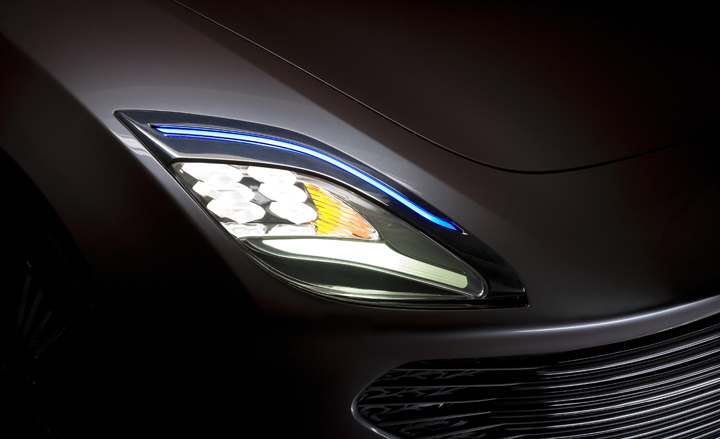
The i-oniq's exterior in detail
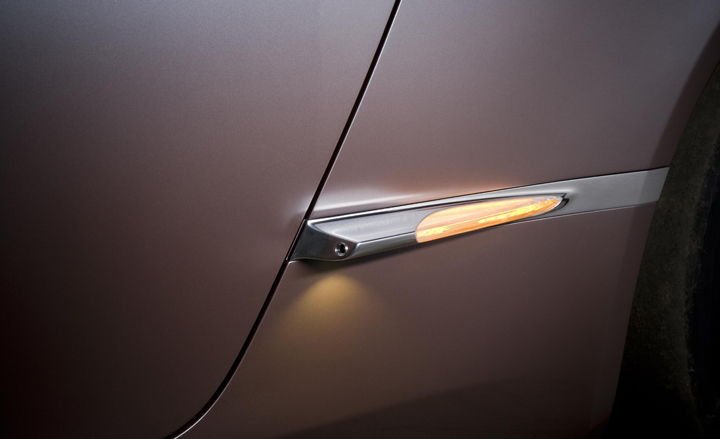
The i-oniq's exterior in detail

Digital rendering of the i-oniq's exterior
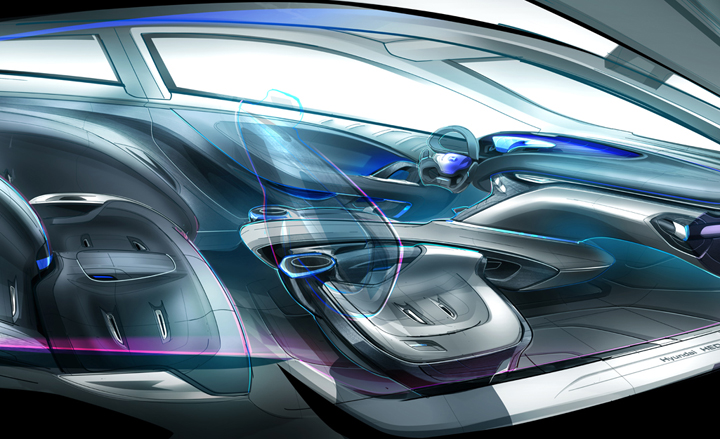
Digital rendering of the i-oniq's interior
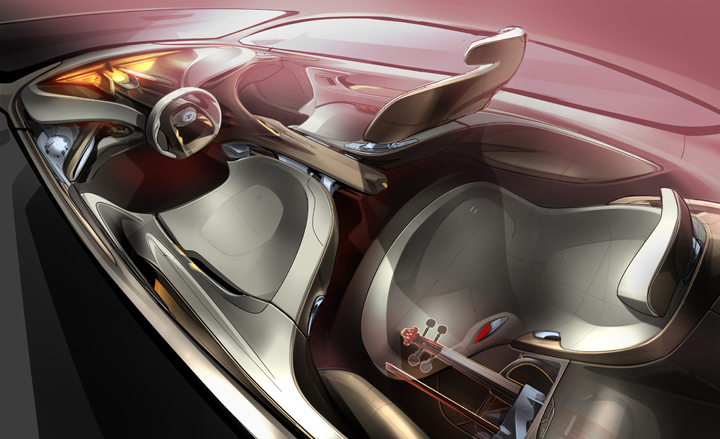
Digital rendering of the i-oniq's interior

Digital rendering of the i-oniq's interior

At the moment, Hyundai has no plans to put the i-oniq into production, but a fluid sensibility is evident in its new generation Santa Fe, on sale in October
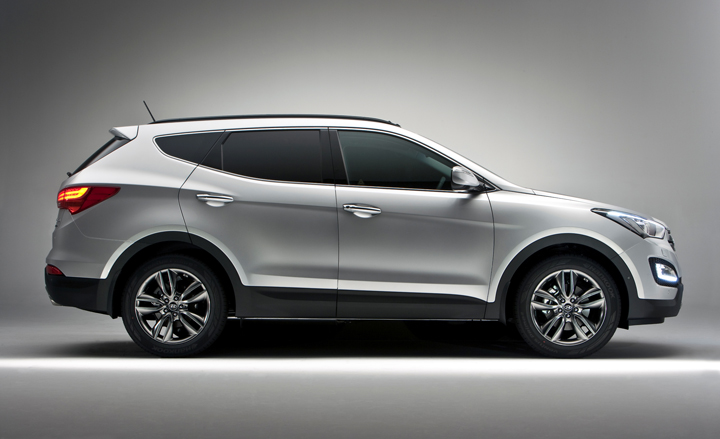
Echoing the propulsive trompe l’oeil of the i-oniq’s bodywork, the Santa Fe also evokes motion via Hyundai’s ‘storm edge’ design concept

See more of the new Sante Fe here
Receive our daily digest of inspiration, escapism and design stories from around the world direct to your inbox.
Jonathan Bell has written for Wallpaper* magazine since 1999, covering everything from architecture and transport design to books, tech and graphic design. He is now the magazine’s Transport and Technology Editor. Jonathan has written and edited 15 books, including Concept Car Design, 21st Century House, and The New Modern House. He is also the host of Wallpaper’s first podcast.
-
 Deep dive into Carlos H Matos' boundary-pushing architecture practice in Mexico
Deep dive into Carlos H Matos' boundary-pushing architecture practice in MexicoMexican architect Carlos H Matos' designs balance the organic and geometric, figurative and abstract, primitive and futuristic
-
 Click to buy: how will we buy watches in 2026?
Click to buy: how will we buy watches in 2026?Time was when a watch was bought only in a shop - the trying on was all part of the 'white glove' sales experience. But can the watch industry really put off the digital world any longer?
-
 Don't miss these art exhibitions to see in January
Don't miss these art exhibitions to see in JanuaryStart the year with an inspiring dose of culture - here are the best things to see in January